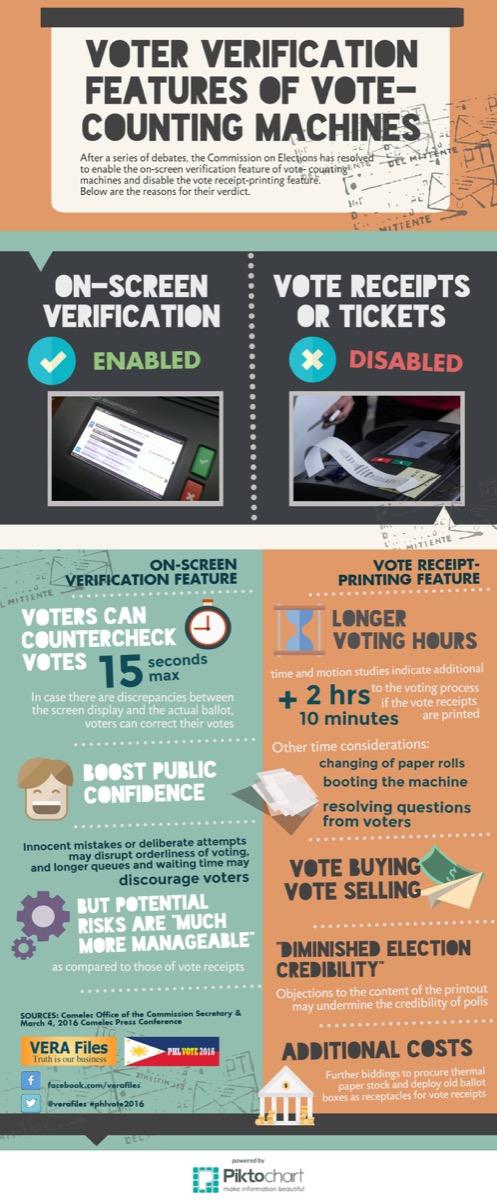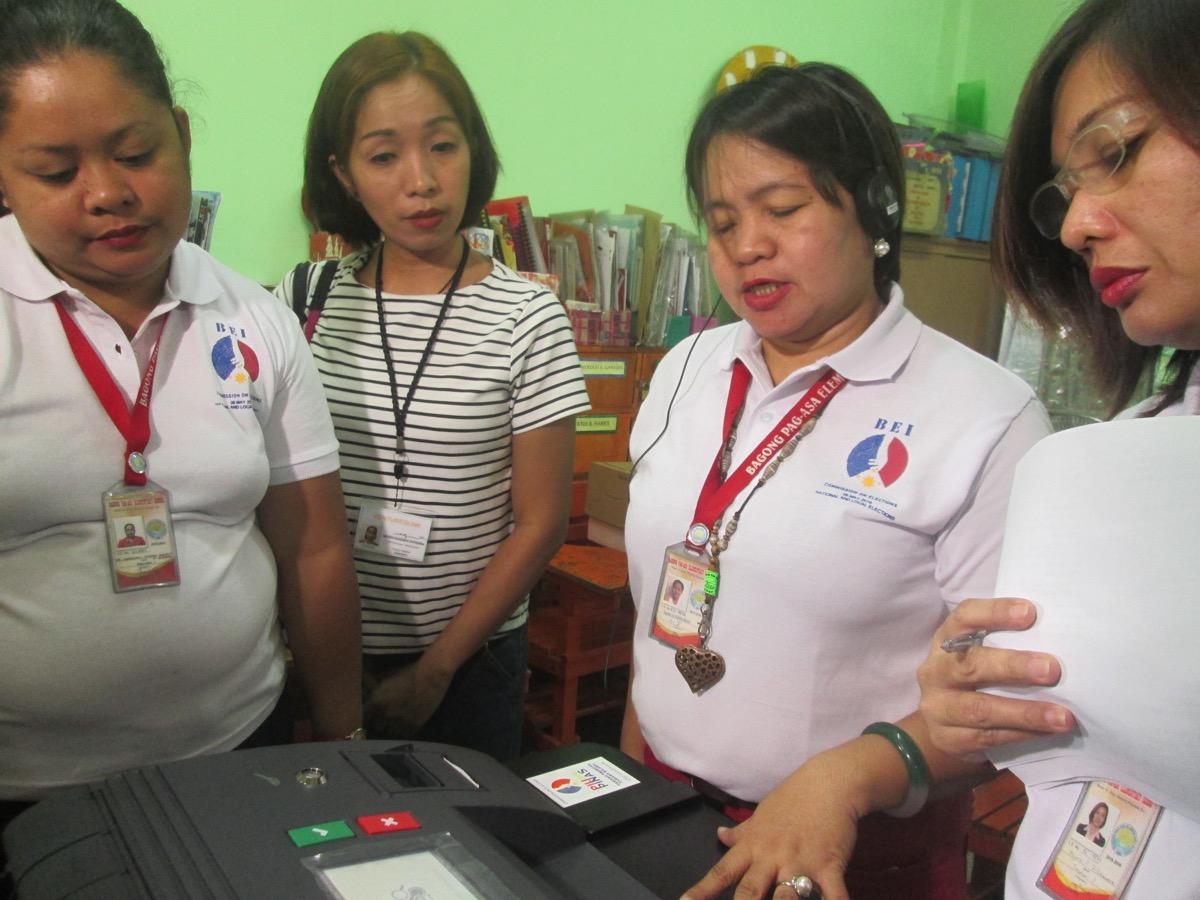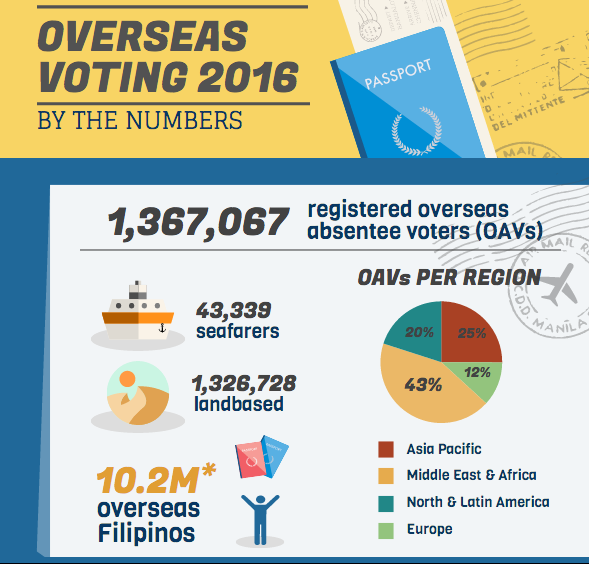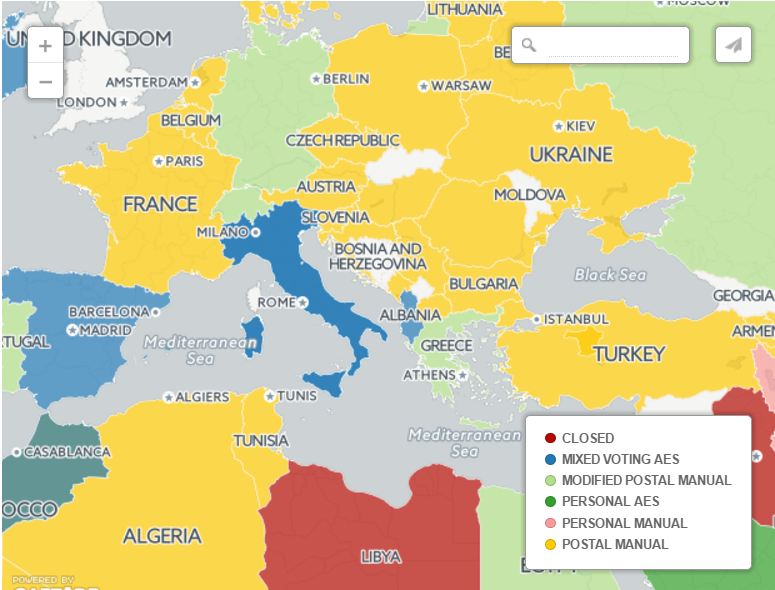By MARIA FEONA IMPERIAL
AFTER months of debate, the Commission on Elections has finally resolved to activate the on-screen verification (OSV) feature of vote-counting machines (VCMs) for the May 9 elections.
Voters will be allowed a maximum of 15 seconds to verify whether or not their choices are accurately read by the VCMs.
If there are discrepancies between the votes displayed on the screen and the voters’ intended choices, they have a choice to expel the ballot from the VCM and correct their votes back in the voting area.
While the poll body acknowledged that the OSV may result in longer voting hours and be used as a scheme for vote buying, it decided unanimously to “err on the side of transparency,” Comelec Chair Andres Bautista said in a news conference Friday.
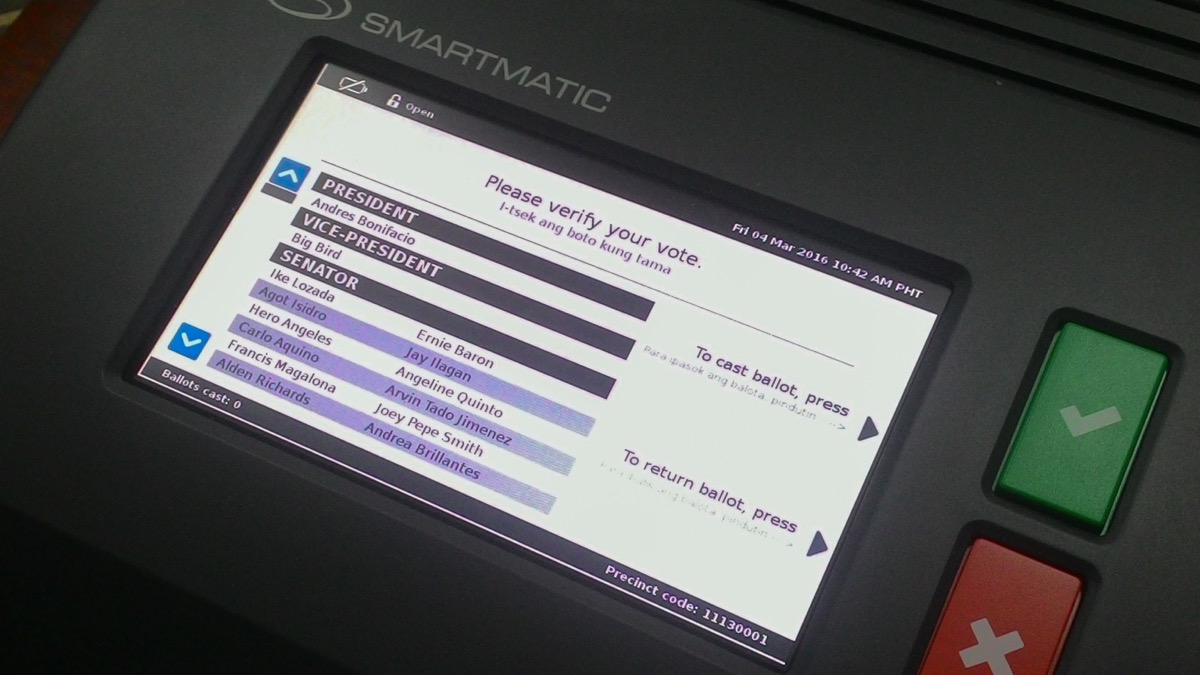
The OSV was also present in the Precinct Count Optical Scan (PCOS) machines used in 2010, but this is the first time it will be enabled.
The commission en banc also announced that the vote receipt printing feature of the VCM will be disabled for this elections due to logistical concerns such as time delay and the proliferation of vote buying.
Bautista earlier said the feature won’t be activated because the cost outweighs the benefits. (See Comelec won’t enable ticket, on-screen machine features)
With 54.3 million voters electing more than 18,000 candidates in national and local positions in just one day, Comelec said it is “tedious and not conducive” to print a vote receipt given the high voter density ratio, based on an excerpt from the minutes of a Feb. 3 en banc meeting.
For this year’s elections, there are 800 projected voters for every VCM.
The vote receipt takes 13 seconds to print, which would result in an additional 2 hours and 10 minutes for every 600 voters.
This is on top of other time considerations such as the replacement of thermal paper supply for the receipts, the need to boot VCMs during voting hours, which altogether would impact the flow of voting in precincts.
Under Republic Act 8346, Comelec should provide at the minimum a Voter Verifiable Paper Audit Trail (VVPAT) in the automated election system. Some poll watchdogs and organizations in favor of enabling the vote receipt-printing feature have earlier pointed this out.
In Roque vs Comelec, however, the high court ruled that even without having a vote receipt printed, a paper-based technology like the PCOS and the VCM “affords audit since the voter would be able to verify if the machine had scanned, recorded and counted his vote properly.”
In addition, all actions done on the machine can be printed out by the Board of Election Inspectors (BEI) chairperson as audit logs, if needed.
The OSV feature is a means to verify the votes as well, it added.
But the OSV is not spared the same risks and consequences as those of vote receipts.
Every five seconds given to a voter to countercheck his or her votes would add 50 minutes to the total voting hours in each precinct.
A time and motion study done by the Comelec and technology provider Smartmatic showed that a 30-second allowance for the OSV feature results in additional five hours in voting, assuming a 75 percent voter turnout in a clustered precinct of 800 voters.
In addition, Comelec did not discount the probability of “innocent mistakes or deliberate attempts that may undermine the credibility and orderliness” of the electoral process.
Longer queues and waiting times in voting centers would also likely discourage the voters to exercise their right to vote, as in the past elections, Comelec said.
Sought for comment, Bautista said the activation will not affect the ongoing trainings of BEIs since they have been trained to operate the feature.
Comelec, meanwhile, launched the official #PiliPinas emoji on Twitter. Comelec spokesperson James Jimenez said it targets the electoral participation of the youth, who are active social media users.
One in five voters in this year’s polls are aged 18 to 24. (See Who are the 2016 voters?)
